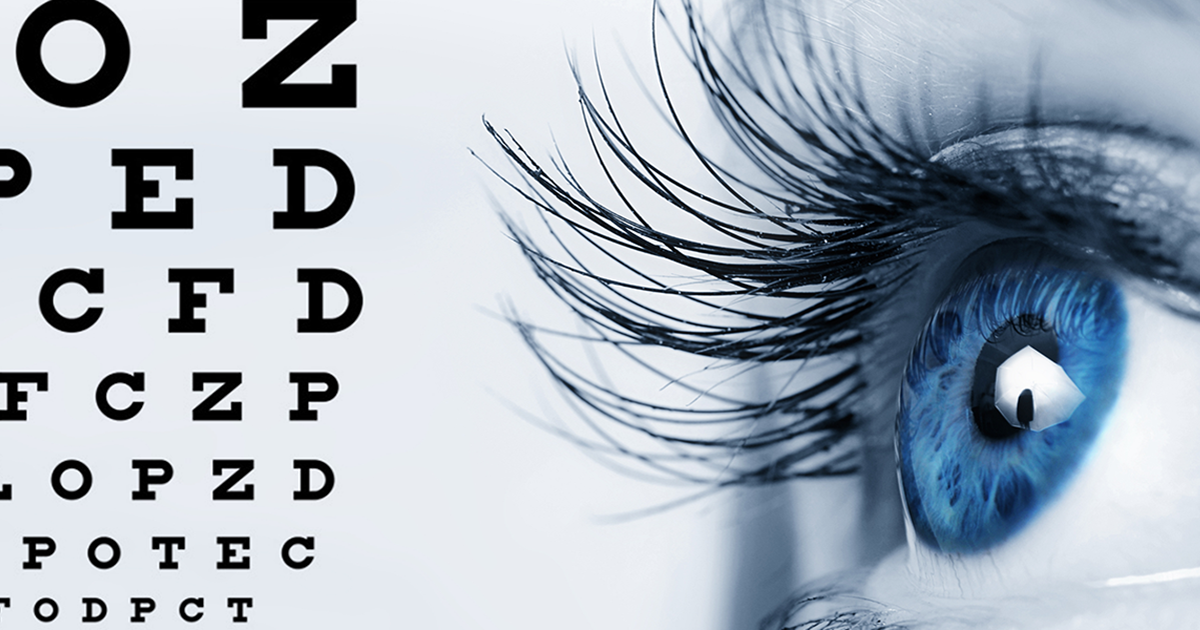Neighborhood Glaucoma Service Near Me: Trusted Professionals for Eye Health And Wellness
Neighborhood Glaucoma Service Near Me: Trusted Professionals for Eye Health And Wellness
Blog Article
The Function of Advanced Diagnostic Equipment in Identifying Eye Disorders
In the world of ophthalmology, the application of advanced analysis tools has actually reinvented the early recognition and monitoring of numerous eye conditions. As the need for exact and timely medical diagnoses continues to grow, the integration of sophisticated devices like optical coherence tomography and visual field testing has become vital in the realm of eye care.
Importance of Early Medical Diagnosis
Very early diagnosis plays a pivotal function in the effective monitoring and therapy of eye conditions. By detecting eye conditions at a very early phase, healthcare providers can use appropriate treatment strategies customized to the specific condition, eventually leading to much better end results for clients.

Technology for Spotting Glaucoma
Cutting-edge analysis innovations play a crucial duty in the early discovery and surveillance of glaucoma, a leading source of irreparable blindness worldwide. One such technology is optical comprehensibility tomography (OCT), which gives comprehensive cross-sectional photos of the retina, permitting the dimension of retinal nerve fiber layer thickness. This dimension is important in analyzing damage triggered by glaucoma. One more innovative device is visual area screening, which maps the sensitivity of a client's visual area, aiding to identify any locations of vision loss characteristic of glaucoma. Additionally, tonometry is used to gauge intraocular stress, a major danger element for glaucoma. This test is essential as elevated intraocular stress can bring about optic nerve damage. Newer innovations like the usage of artificial intelligence formulas in examining imaging data are revealing promising outcomes in the early detection of glaucoma. These advanced analysis devices allow ophthalmologists to detect glaucoma in its early phases, permitting timely intervention and far better administration of the disease to avoid vision loss.
Function of Optical Comprehensibility Tomography

OCT's ability to evaluate retinal nerve fiber layer density allows for exact and unbiased dimensions, aiding in the early detection of glaucoma also before visual area issues become obvious. Generally, OCT plays a crucial duty in boosting the analysis precision and monitoring of glaucoma, inevitably adding to far better end results for people at danger of vision loss.
Enhancing Medical Diagnosis With Visual Area Testing
A necessary element in detailed sensory assessments, visual area screening plays an essential function in improving the diagnostic procedure for numerous eye conditions. By evaluating the full extent of a client's aesthetic area, this test provides essential information about the useful stability of the entire visual path, from the retina to the aesthetic cortex.
Visual area testing is specifically useful in the diagnosis and monitoring of conditions such as glaucoma, optic nerve disorders, and numerous neurological conditions that can impact vision. Through quantitative dimensions of peripheral and main vision, clinicians can detect refined changes that might indicate the existence or development of these problems, even prior to visible signs and symptoms occur.
In addition, aesthetic area screening allows for the tracking of therapy efficacy, assisting ophthalmologists customize therapeutic interventions to specific people. eyecare near me. By tracking adjustments in aesthetic field performance in time, doctor can make informed decisions regarding changing medicines, suggesting medical treatments, or carrying out various other proper procedures to protect or enhance an individual's visual function
Handling Macular Degeneration

Final Thought
In conclusion, advanced diagnostic devices play an important duty in identifying eye conditions early. Technologies such as Optical Comprehensibility Tomography and aesthetic area screening have substantially improved the accuracy and performance of detecting conditions like glaucoma and macular glaucoma service near me degeneration. Early discovery allows for timely intervention and management of these disorders, inevitably leading to much better results for people. It is necessary for healthcare professionals to stay updated on these advancements to provide the best feasible treatment for their individuals. eyecare near me.
Report this page